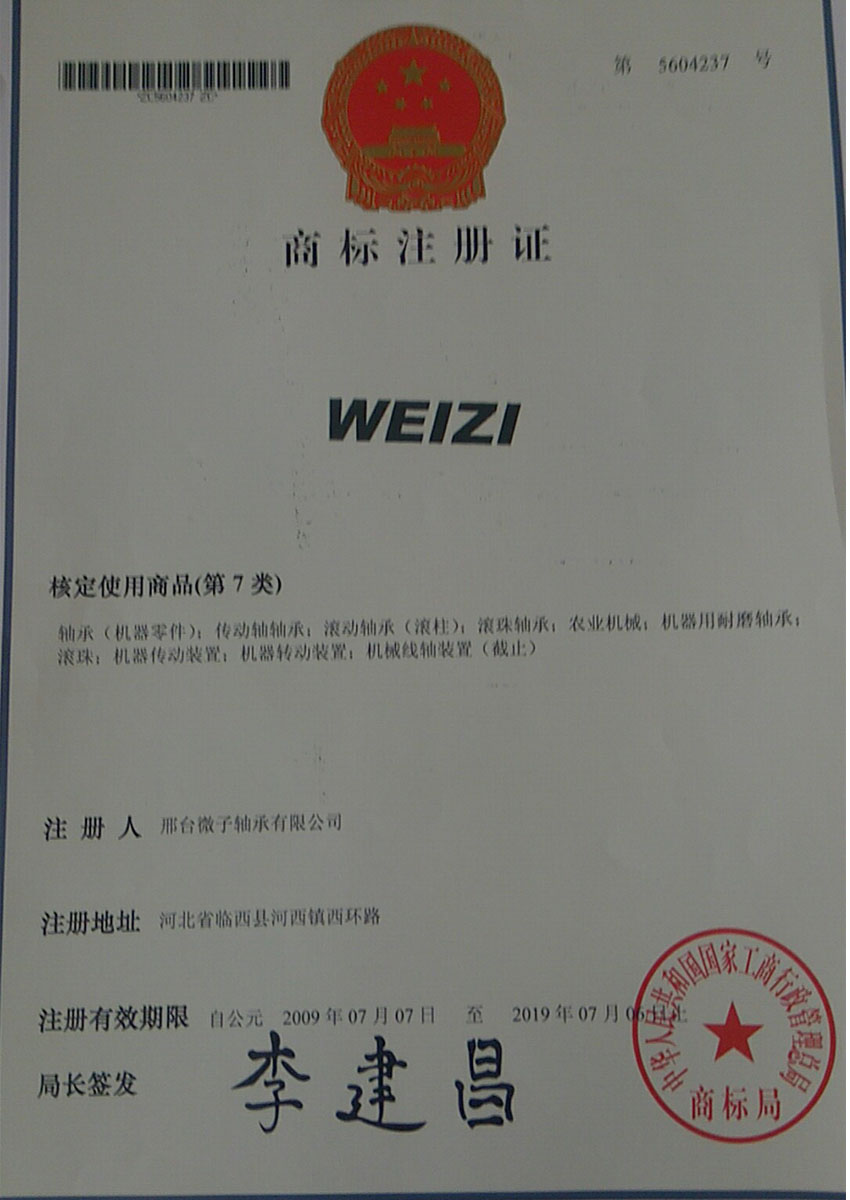
Nov . 18, 2024 14:22 Back to list
Spherical Bearing Block Applications and Benefits in Mechanical Systems
Understanding Spherical Bearing Blocks Design, Applications, and Benefits
Spherical bearing blocks are vital components in various engineering applications, providing essential support and facilitating movement across multiple axes. Their unique design allows them to accommodate misalignments and movements, making them indispensable in industries ranging from aerospace to construction. In this article, we will explore the design characteristics, applications, and benefits of spherical bearing blocks.
Design Characteristics
A spherical bearing block typically consists of a spherical surface integrated into a mount or housing. This design allows for rotational movement while supporting linear loads. The spherical shape helps distribute forces evenly, reducing stress concentrations that could lead to premature failure. Materials used in the construction of spherical bearing blocks can vary widely, ranging from steel and bronze to advanced composites, depending on the specific application requirements.
One of the key features of spherical bearings is their ability to handle angular misalignments. In machinery where shafts or components are subjected to vibrations, thermal expansion, or other dynamic forces, standard bearing solutions may falter. However, spherical bearing blocks can pivot on their spherical surface, effectively absorbing these misalignments. Additionally, these bearings can be customized to meet specific load and movement requirements, making them versatile in a range of situations.
Applications
Spherical bearing blocks find applications across various sectors. In the aerospace industry, for instance, they are used in landing gear systems, control surfaces, and engine mounts, where the ability to manage movement and load distribution is critical. In automotive engineering, they can be found in suspension systems, allowing vehicles to navigate uneven terrain while maintaining stability.
In the construction sector, spherical bearings support heavy machinery, cranes, and bridges, where they help accommodate natural shifts and vibrations. Additionally, they are essential in robotics, in applications where precise angular movements and high load capacities are necessary.
spherical bearing block

Other industries that employ spherical bearing blocks include manufacturing, marine, and wind energy. In these fields, the adaptability and durability of these components contribute significantly to operational efficiency and safety.
Benefits
The advantages of using spherical bearing blocks are numerous. First and foremost, their ability to manage misalignment significantly extends the lifespan of machinery and equipment by reducing wear and tear on other components. This capability contributes to lower maintenance costs and increased reliability, making spherical bearing blocks a smart investment for businesses in capital-intensive industries.
Moreover, the design of these bearing blocks facilitates movement across multiple axes, which is particularly valuable in dynamic environments. The smoother operation they provide enhances overall performance and productivity. Additionally, the customizable nature of spherical bearings allows engineers to tailor these components to specific project requirements, ensuring optimal functionality.
Spherical bearing blocks also tend to have a higher load capacity compared with traditional bearing types, which can be crucial in heavy-duty applications. This increased durability minimizes the risk of failure under load, ensuring safety and performance in demanding conditions.
Conclusion
In summary, spherical bearing blocks are crucial components in a wide array of applications due to their unique design and functional advantages. By accommodating misalignment and handling complex movement, they enhance the reliability and efficiency of various systems. As industries continue to demand higher performance and durability from mechanical components, the role of spherical bearing blocks is set to grow, making them an essential area of focus for engineers and designers alike. Whether in aerospace, automotive, or construction, the benefits of spherical bearing blocks are undeniable, contributing not only to performance improvements but also to safety and longevity in mechanical systems.
Latest news
-
Durable Greenhouse Pillow Block Bearings for Reliable Ventilation
NewsAug.31,2025
-
Spherical Roller Bearings Applications: Heavy Duty, Self-Aligning
NewsAug.30,2025
-
Premium Deep Groove Ball Bearings | High Speed & Reliability
NewsAug.29,2025
-
Durable Scaffolding Clamps - Secure & Reliable Tube Connectors
NewsAug.28,2025
-
Common Failures in Thrust Ball Bearings and Solutions
NewsAug.22,2025
-
How Tapered Roller Bearings Can Take Shock Loads
NewsAug.22,2025
